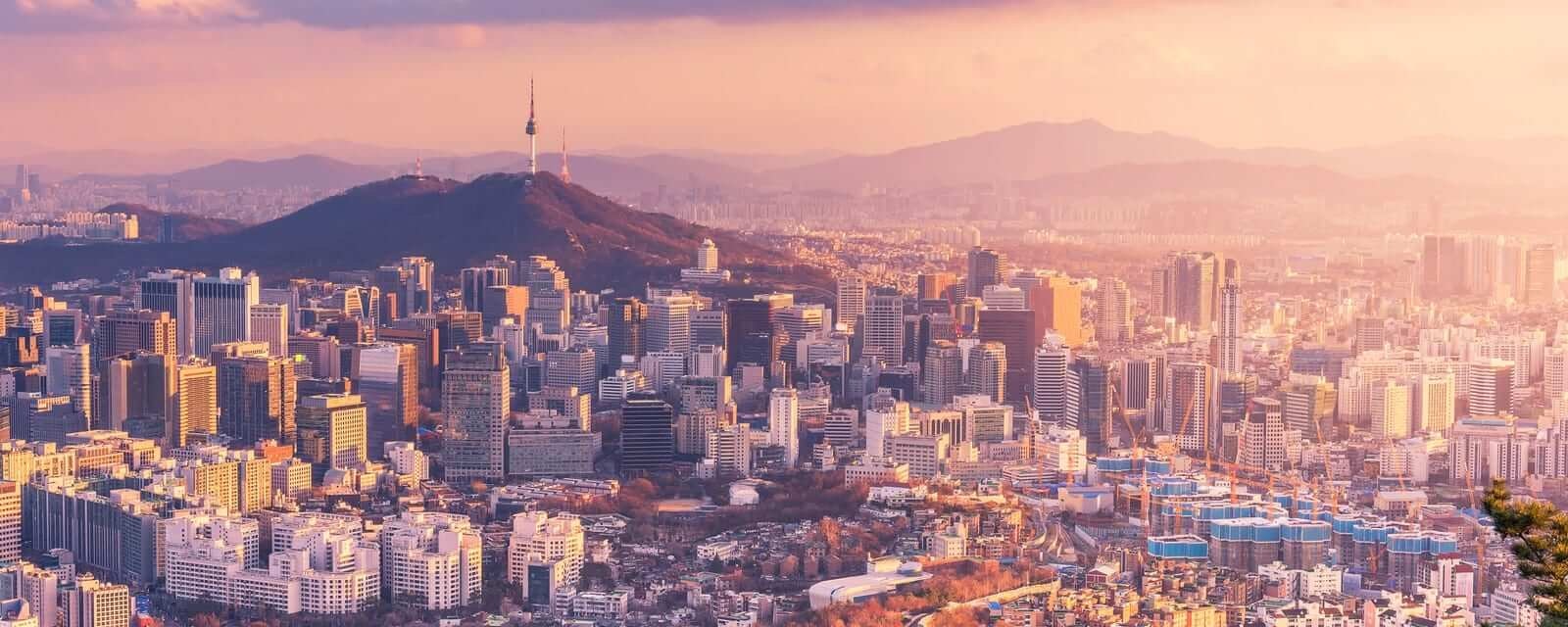South Korea has contained its outbreak and is implementing extensive social distancing policies to prevent the emergence of new clusters. Moon Jae-in’s government has also rolled out new restrictions on international travel to prevent the import of new cases from overseas. Even if South Korea is able to resume some social and economic activities, social distancing and test-and-trace programs will be the new normal –and the government will also be preoccupied with economic fallout from the pandemic.
As the Covid-19 pandemic continues to spread – with new waves emerging in Japan and Singapore, both of which appeared to have contained their outbreaks early on – South Korea has emerged as a leading model for how to combat Covid-19 without Chinese-style lockdowns. South Korea’s efforts to contain the outbreak are even more impressive, since the data on its outbreak suggest that roughly half of its 10,384 cases could be traced to the Shincheonji Church in Daegu. Now, as the number of new cases has dropped and plateaued, it is also developing a model of how a mature, developed democracy can restart its economy and society while still remaining vigilant against new outbreaks. South Korea’s example suggests that even in a country judged to have largely contained the outbreak, individuals must adapt to a “new normal” that features extensive monitoring of individuals and private institutions, limitations on public gatherings, and travel restrictions.
The core feature of the South Korean model will remain its unparalleled system of testing individuals, tracing contacts, and isolating mild or asymptomatic cases. South Korea now has the capacity to test 135,000 people a day, but with less need to test it will now begin exporting diagnostic kits to other countries. South Korea’s testing regime was effective because it was linked with several other policies. South Korea leads the world in high-speed fiber optic Internet access and has one of the highest rates of smartphone penetration in the world, enabling the government to use a smartphone app to inform South Koreans about the location and recent activity of individuals who tested positive. The public has been tolerant of what might raise privacy concerns in other democracies, and polls suggest that Koreans also favor the use of electronic wristbands to monitor the movement of individuals under self-quarantine. Meanwhile, to prevent its medical system from being overwhelmed by Covid-19 patients, it has used vacant residential buildings to house large numbers of patients with mild symptoms. (Perhaps one sign of the importance of this aspect of the Korean model is that Japan is in the process of adopting a similar approach.) These practices, critical for containing the outbreak in its acute phase, will also be important as South Koreans return to work and school.
Despite South Korea’s plateauing curve, the country is not rushing to return to normalcy. The country introduced a strict two-week social distancing program in late March – most notably closing public institutions and discouraging public gatherings including church services – and extended these measures for an additional two weeks through 19 April. The Moon Jaein administration is advocating for what it has called “everyday life quarantine” guidelines to contain Covid-19 until the development of a vaccine or medicinal therapies. The administration delayed the start of the new school year from 2 March three times, finally starting a new academic year on Thursday, 9 April with online learning for high school and middle school students. Kindergartens, elementary schools, and daycare centers remained closed. Public authorities have continued to impose restrictions on public gatherings. On Wednesday, Seoul’s government ordered nightlife establishments closed until 19 April. The national government also ordered intensive monitoring of facilities deemed to pose a high risk of transmission – including nursing hospitals and churches – to limit the emergence of new case clusters. Finally, while South Korea will hold its legislative elections as planned on 15 April, the National Electoral Commission has enabled remote voting for Covid-19 patients and individuals subject to quarantine orders and implemented social distancing guidelines for polling stations.
Lastly, South Korea is imposing strict restrictions on international travelers. On 9 April, the government announced that it would suspend all short-term visas and suspend visa-free and visa waiver travel arrangements with 90 countries, effective from 13 April. South Korea has already imposed a mandatory two-week quarantine for all international arrivals – which has included a program of providing foreign visitors with a care package of essential food and other items – and required new arrivals to undergo temperature checks and download the self-diagnosis, tracking app to their phones. Both Korean citizens and international visitors who violate quarantine orders or deceive investigators could face fines or up to a year in prison. The latest restrictions will ensure that travel to South Korea is limited to all but the most essential trips. Not unlike in China, which imposed travel restrictions after containing its outbreak, South Koreans are anxious to avoid importing new cases.
Even as the Moon administration implements a regime to prevent the emergence of new cases, it is also striving to contain the economic damage from its containment measures. As noted previously, on Wednesday, Moon announced a second stimulus package worth KRW 53.7tn (USD 44bn) that will necessitate a second supplemental budget. As the number of international visitors declines, the Moon administration will almost certainly have to bailout airlines and other core industries. Meanwhile, while the Bank of Korea (BOK) left its benchmark interest rate unchanged on Thursday, 9 April, it may expand its purchases of government bonds and is open to further rate cuts at future meetings. The South Korean economy is now projected to shrink this year, and the government has warned that unemployment could rise in the coming months.





